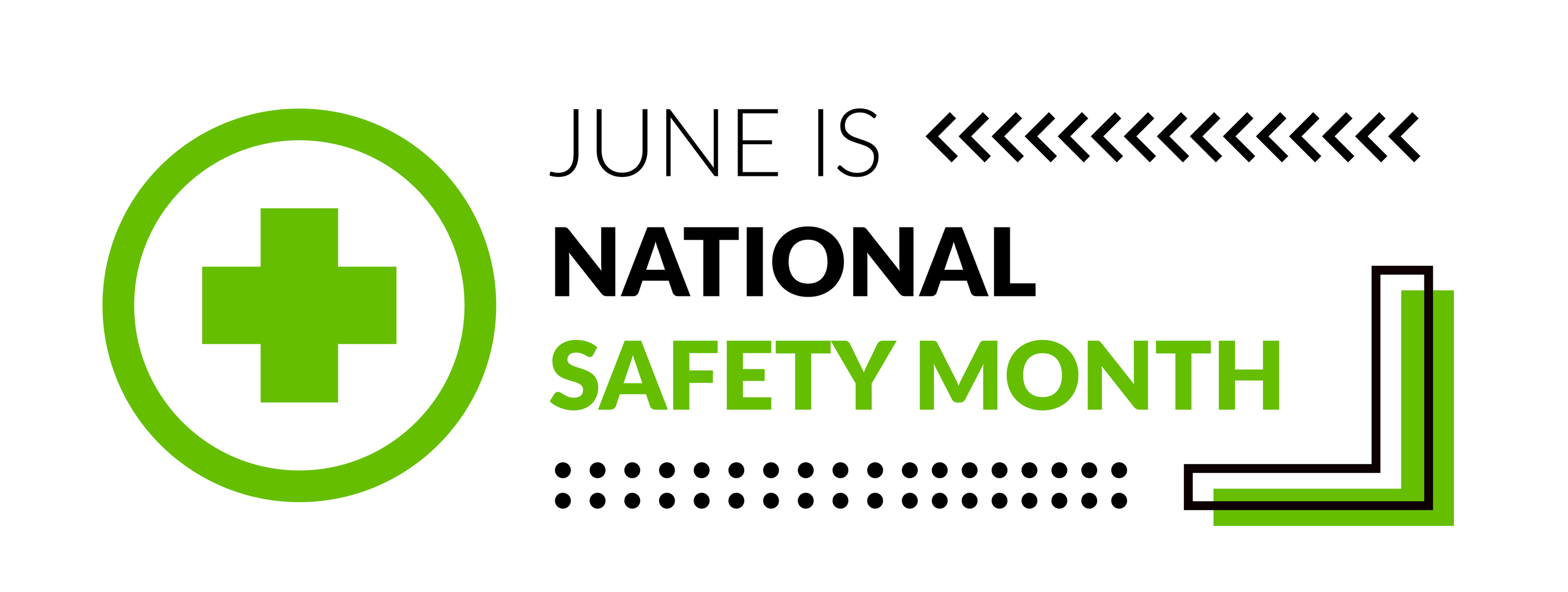The Medical Stop-Loss Solution
Catastrophic medical claims continue to grow in size and number. What was a $1 million claim a few years ago is likely $3 million+ in today’s marketplace. As insurance has always been about managing risks, what can a company do to protect itself from such skyrocketing costs in a dynamic and regularly changing business and litigation environment? Many are turning to Single-Parent Captives for an alternative risk-management approach.
When it comes to medical stop-loss coverage, a Single-Parent Captive can stabilize and/or lower costs while expediting more choices for enhanced benefit delivery versus traditional self-insurance. Companies using captives have added or considered including medical stop-loss rather than buy it from the commercial insurance market.
Enter the Single Parent Captive
Captives are increasingly being used to write third-party insurance, including medical stop loss and voluntary benefits, which can create new revenue streams for the sponsor (parent company). They can potentially neutralize what had been a cost burden and in some cases create a new profit center for an organization, turning a former liability into an asset.
While there are several structures, essentially a captive insurance company is an insurance company formed to insure the risks of its owner(s). Instead of paying premium to a traditional insurance carrier, an organization pays premiums to their captive insurance company. When a claim is made, the captive pays out just like a traditional insurance company. Also, similar to an insurance company, a captive can strategically purchase reinsurance to transfer payment of losses above a certain threshold to another party.
Beyond potential cost savings, captives are used to fund employee benefits because they provide greater control over benefit plan and design. Similarly, with captives however, premiums are based on each member company’s experience and in-depth knowledge, paving the way for more efficient risk management.
Utilizing a Favorable-Loss for Maximum Benefit
With a captive, favorable loss experience, i.e., lower claims, allows an organization to participate in underwriting profit and investment income, not just the stop-loss insurer. Consequently, using a captive to fund medical stop-loss risk helps companies to counterbalance future costs, enhance benefits, or finance other employee welfare initiatives.
A captive insurer can reduce Total Cost of Risk (“TCOR”) by:
- Help lower the cost of medical stop-loss insurance by up to 30%.
- Covering unique and/or specific risks of parent company, subsidiaries, employees, vendors and clients which may not be available in the regular commercial market.
- Improve and strengthen employee benefits often at little or no cost.
- Move employees to a High-Deductible Health Plan (HDHP) while providing benefits such as Hospital Indemnity, Critical Illness, and Accident Insurance to help limit out-of-pocket expenses for employees should a “catastrophic” injury occur.
- Obtain direct reinsurance market access.
- Streamline claims resolution.
- Expedite tax benefits.
- Become a profit center by utilizing favorable-loss experiences.
Better Understand Risk, Better Manage Volatility
With a captive financing medical stop-loss expenses, greater enterprise-wide risk data becomes available, enabling enhanced risk management and mitigation ability. Timely data improves claims analysis to ensure programs such as prevention and wellbeing are working at optimal levels.
When utilizing an existing captive that insures property and casualty risks, adding medical stop loss can also help control potential claims volatility and help balance financial performance through different payout periods. Medical stop-loss is a short-tail exposure, i.e., one for which losses are typically known and paid within a relatively quick time frame compared to long-tail property and casualty exposures such as general liability and workers' compensation.
A Single-Parent Captive Can Provide Better Medical Stop-Loss Management
- Have you self-funded your health benefit plan for over two years?
- Are at least 1,000 employees enrolled in your health benefit plan?
- Does your organization utilize a captive structure for such risks as property and casualty?
- Do we have visibility of its portfolio?
- Are there effective internal communications and a thorough understanding of your company’s risks and their potential impact?
- Can you access benefit consultants for compliance and benefits design?
If you answered “yes,” to any of the above questions it may be time to give serious consideration to using a captive to better manage your medical stop-loss risk. As forms of risk and the cost to manage it continue to change, the goal – to lower your financial-risk profile by managing the fallout from unforeseen events remains the same. While there’s more to know than what’s been presented here, understandably more companies and organizations are choosing to finance their medical stop-loss coverage within a captive structure. While there are several captive structure forms available and other creative program structures such as reference based pricing, Graham Company will collaborate with you to help you objectively decide what program structure and design is right for you.





EB.jpg)


